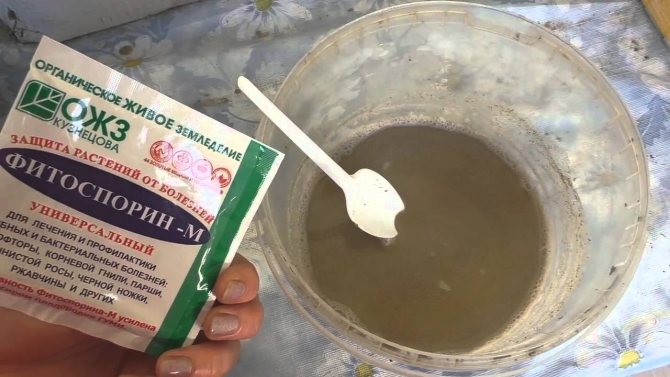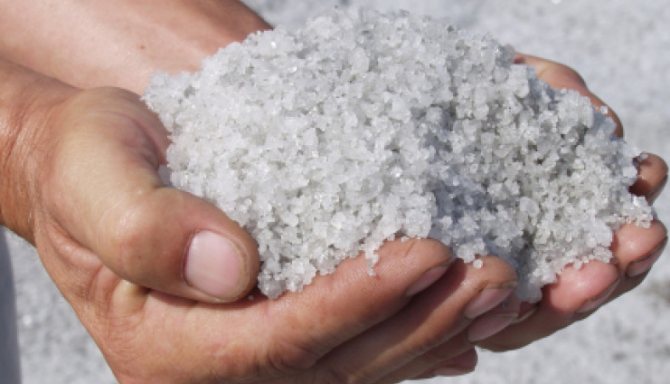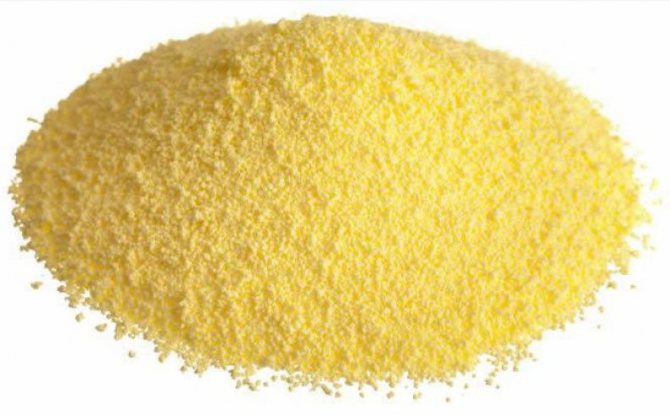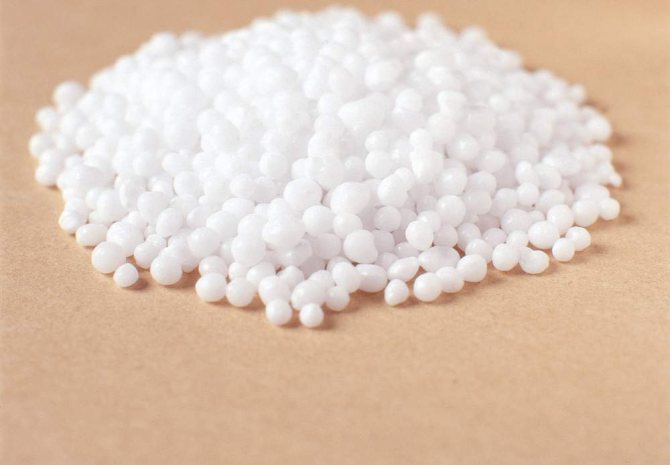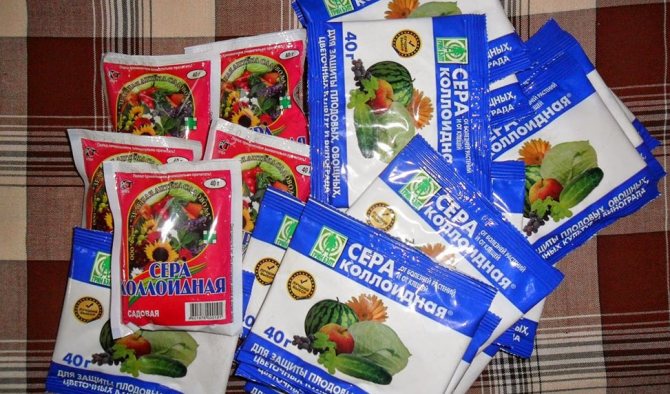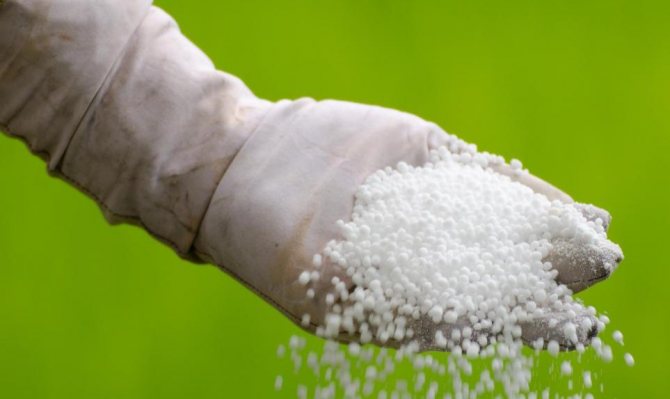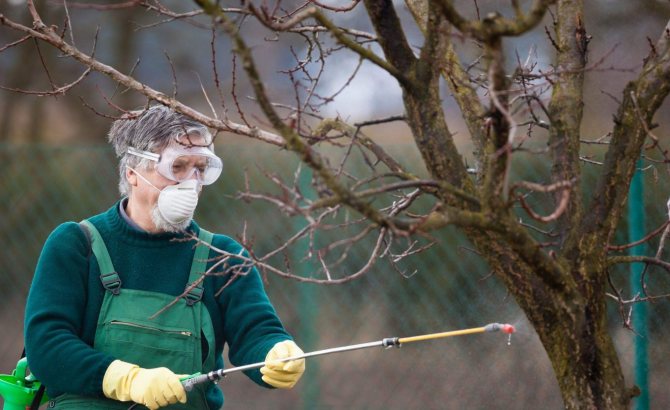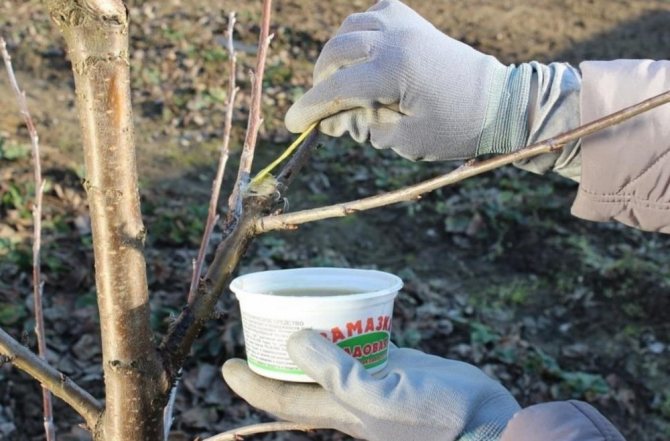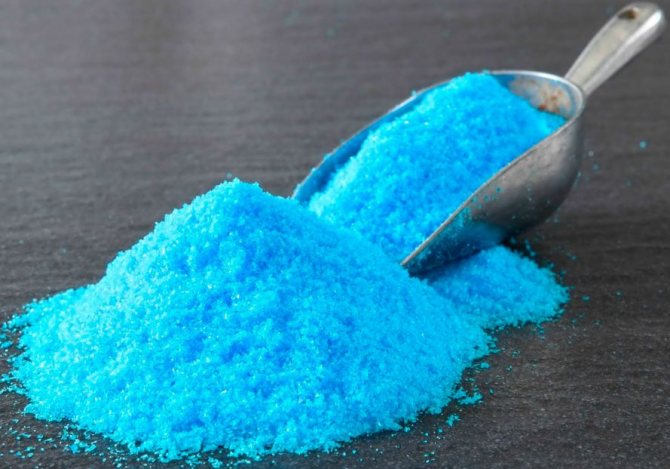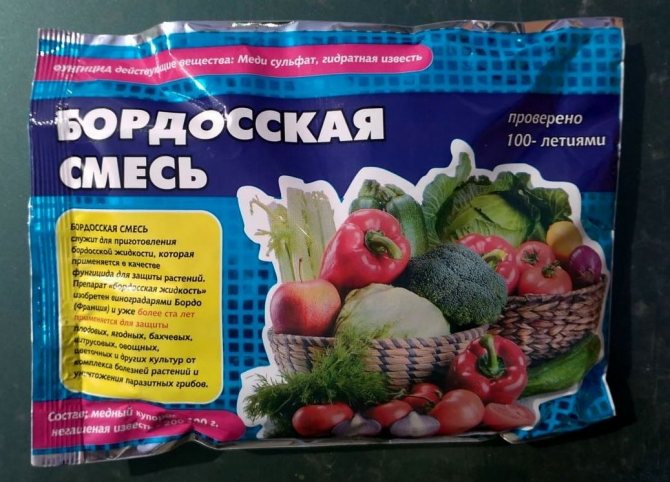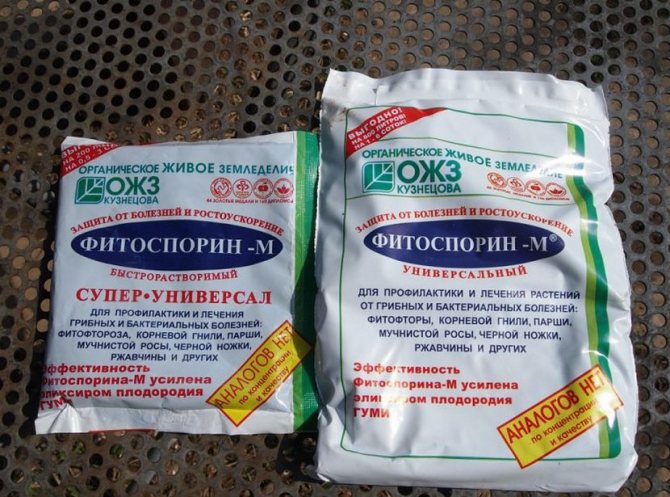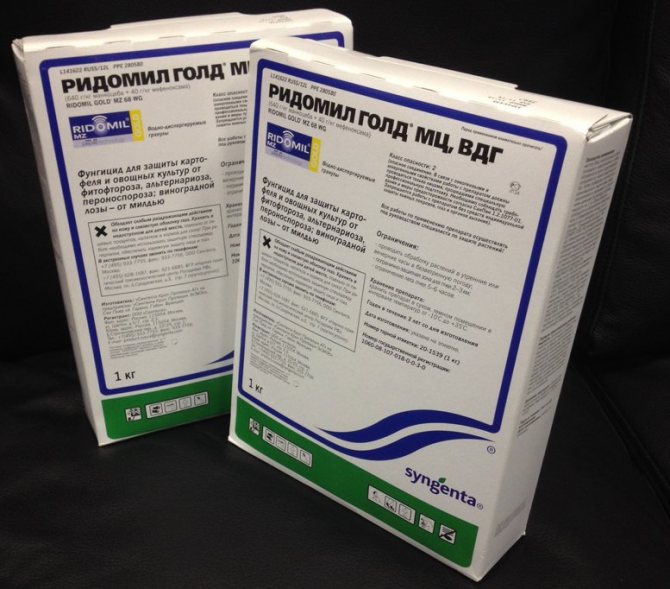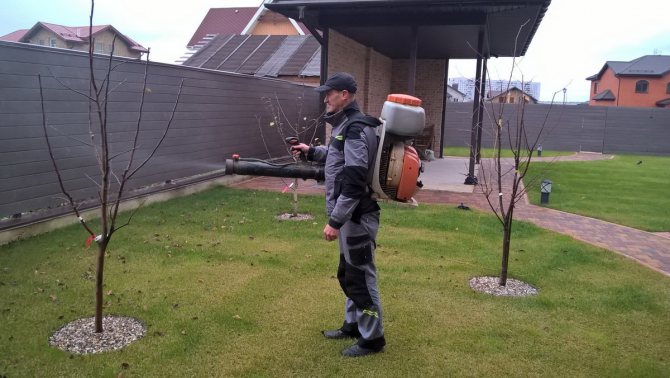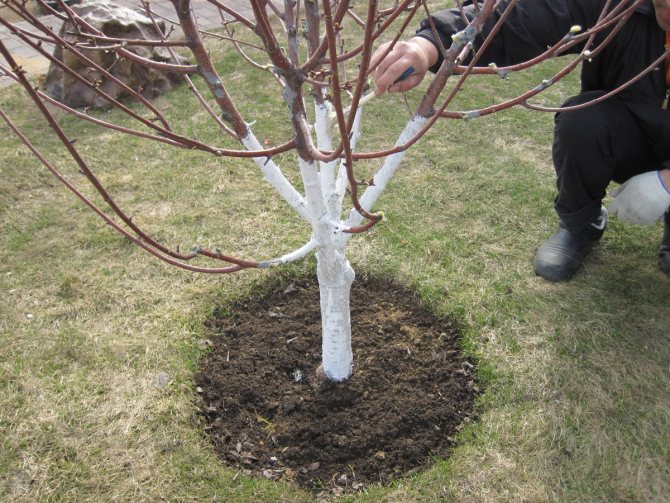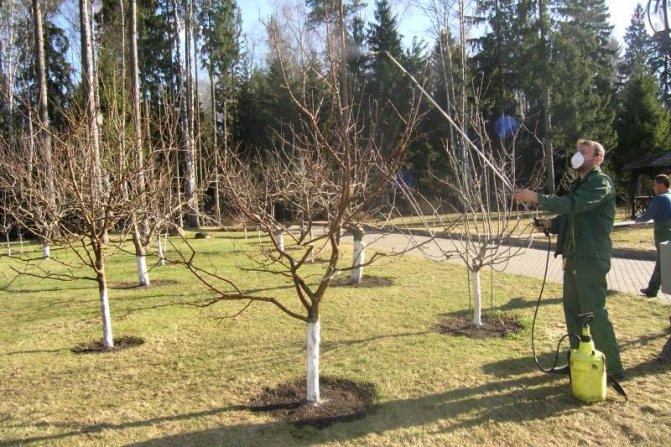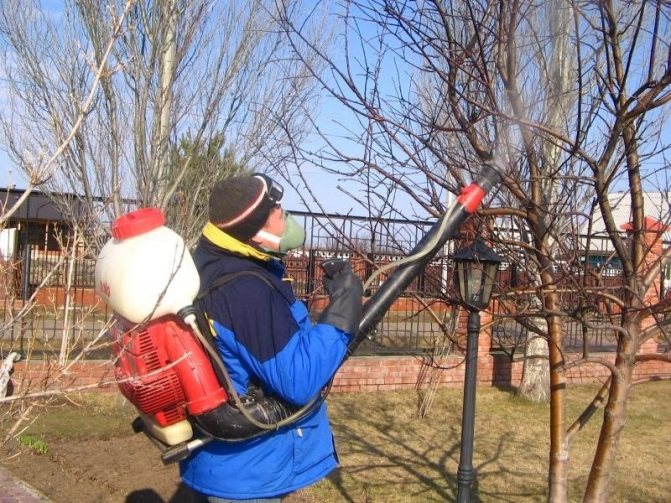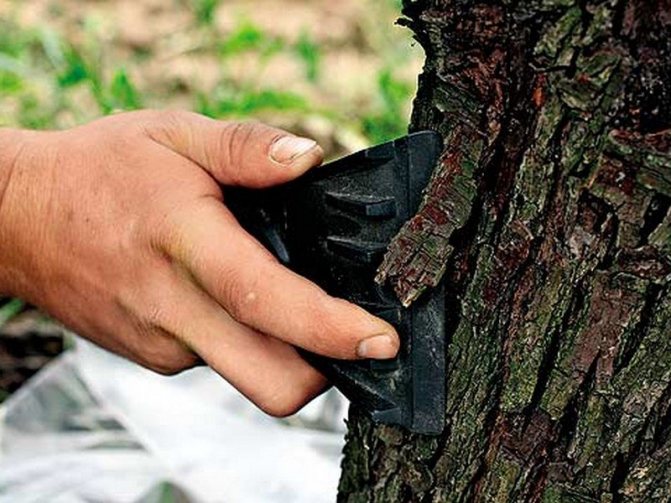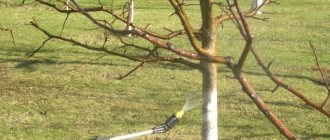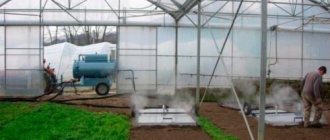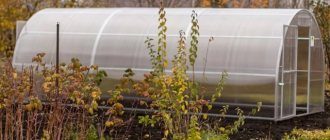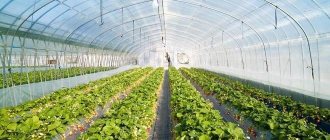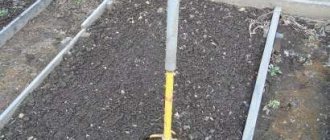The main options for processing apple trees in the garden
In the fall, trees are very susceptible to pests, fungi and mold. Everything is connected with high humidity, which is formed during heavy rainfall. It is recommended to carry out preventive treatment, which will interfere with the active life of the pests.
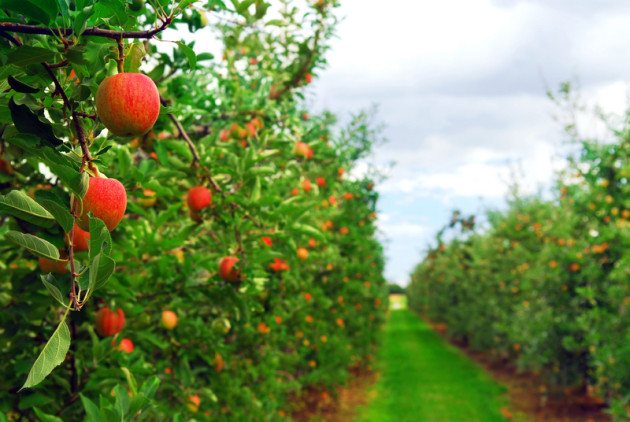
Why is the treatment carried out in the fall
The tree finished bearing fruit, shed its leaves and fell into a state of expectation. On the street, negative temperatures are gradually established, at which neither infections nor parasites infect the apple tree. Why is processing necessary then?
Firstly, like the apple tree itself, parasites and infections associated with it "hibernate" in winter. Adult insects die, but their larvae, deposited under the bark or in the buds, wait for the warming. The same can be said about fungal and bacterial spores that lead to the development of scab, black cancer, powdery mildew.


All microorganisms not removed in time are activated with the first warming. A plant that has just begun to awaken cannot cope with the onslaught of diseases. The tree will gradually wither, the harvest, if it appears, is of poor quality, covered with scab.
Preparations for chemical processing
The main groups of drugs used to treat apple trees:
- Fungicides. Solutions that work and fight against fungal diseases and growths. They have the most effective effect and almost instantly destroy microorganisms. Hom, Oxyhom, Abiga-peak, Topaz can be distinguished as popular drugs of this type.


- Insecticides. This is a complex of drugs that fight directly against insect pests. These are drugs such as Aktara, Tanrek, Iskra.


- Biologicals. This category of funds is developed on the basis of living microorganisms, most often fungi. That is, the essence of the treatment is that some fungi kill others. As a result, apple trees are not negatively affected. Basic biological products: Fitolavin, Aktofit, Pentafag.
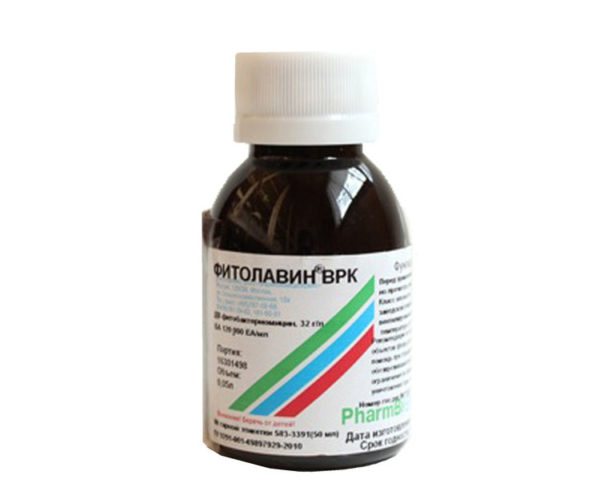

Advice!
If you prefer to use chemicals, then you can buy Pharmayod, which is no less effective and perfectly strengthens the immune system of apple trees. If your apple tree has been attacked by spider mites and leaf rollers, then it needs to be treated with Fitoverm.
Each drug is unique and has its own characteristics and properties. Therefore, when buying, you need to study all aspects of the application.


Precautions
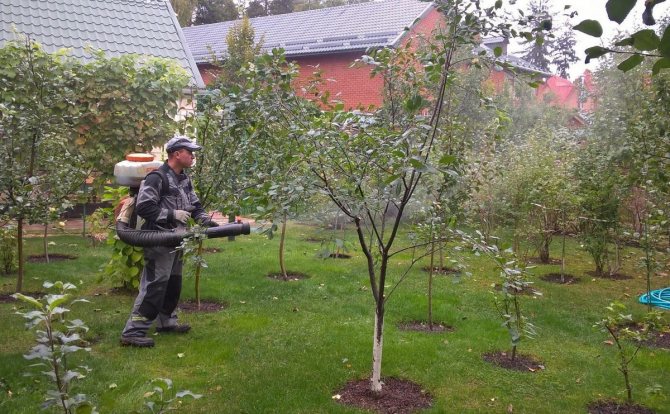

It is necessary to carry out the autumn processing of apple trees from scab and rot with the observance of precautions. There are no completely safe drugs for humans. Always use gloves and a protective gown. The respiratory organs are protected with a respirator.
If an allergic reaction occurs during processing, contact with the medication must be stopped. Change clothes immediately after gardening.
Processing is only effective if the rules are followed. When choosing a medicine, the type of pest and the degree of damage must be taken into account.
Experienced gardening tips
What you need to know when processing apple trees in the garden:
- Choose a dry and clear day for maximum spray performance.
- Be sure to use protective equipment so as not to breathe solution vapors.
- You need to spray each branch, since leaving one area untreated, you give a chance to pests.
- Pruning a few days after processing.
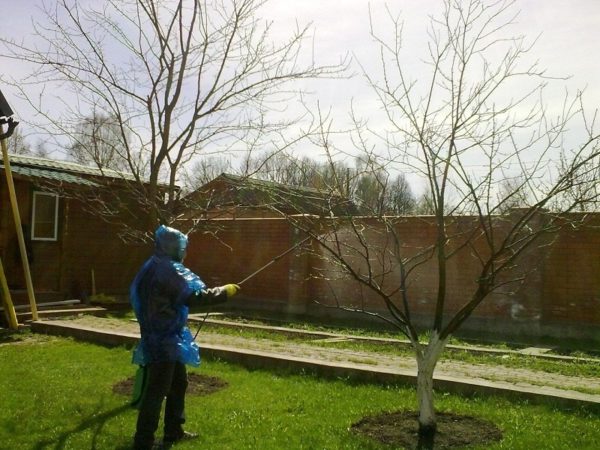

Before treating an apple tree in the garden in late autumn for diseases and pests, read the instructions. It is not worth using any serious preparations; it is necessary to spray chemicals on your site in extremely rare cases, with a large invasion of insects.
Advice!
It is recommended to purchase Bitoxibacillin from leaf rollers and moths on apple trees.
Insect and animal control
If the garden plot is close to a forest, it is likely that the forest dwellers will feed on the bark of fruit trees. To prevent the invasion of hares, the tree trunk is wrapped with an iron net for the winter. It is advisable to use deterrent devices or traps, specific additives in whitewashing, to ruin the appetite of rodents.
Parasitic insects - apple moth, aphid, caterpillars, apple sawfly, apple moth - build nests. In the spring, it is necessary to cut off the leaves with cobwebs and burn them so that insects do not multiply. Chlorophos and nitrophene are used as pest control chemicals after the buds have bloomed.
Autumn watering rules
If the autumn was not distinguished by abundant rainfall, but was dry, it is very important to carefully shed the soil around the apple tree. It happens that even torrential rains falling on the land dried up over the summer do not properly saturate the soil. Therefore, be patient and have a large volume of water, because you will have to cover the territory not only at the trunk, but also over the entire area of the crown, shedding this entire area at least 1 meter deep.
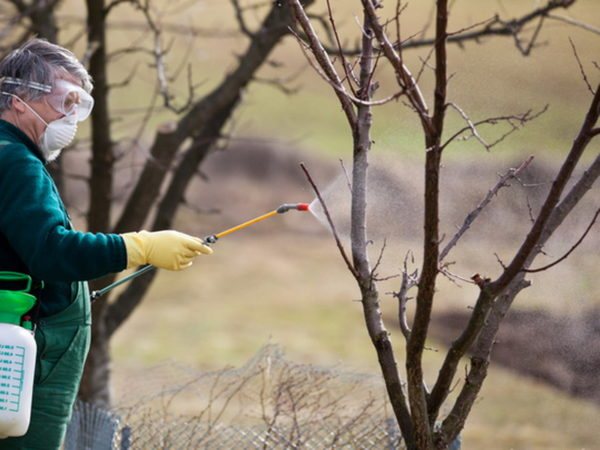

Advice!
The older the tree, the larger its root system and the more water will be used for irrigation. Young apple trees consume 50 liters of water, ten-year-old trees consume about 100, and mature trees (over 15 years old) - about 150 liters.
This approach to watering will protect the apple tree root system from freezing, which will save it from death. It is not enough just to have information on how to process apple trees in the garden in late autumn from diseases and pests, you also need to know some of the most important aspects of caring for the garden.
What diseases of apple trees are manifested in the fall?
Caring gardeners, hoping for a bountiful harvest all season, from the first warm days, are fighting pests and diseases of apple trees. How great is the disappointment when autumn meets not with branches abundantly strewn with apples, but with new diseases.
Autumn infections of apple trees
Autumn processing is required if diseases are found on apple trees:
- If in the fall the fruits become covered with dark brown spots and cracks, the leaves dry out prematurely and die, and a brown or green bloom is observed on the inside of the crown, the apple tree was struck by a fungal disease - scab. Autumn treatment with urea at the rate of half a kilogram per 10 liters of water will help to cope with this scourge.
- Ulcerative lesions of the bark - cytisporosis, which in advanced cases acquire a red-brown tint and lead to the death of not only individual branches, but also the entire plant, are removed by removing the affected areas and branches, as well as preventive whitewashing and spraying with Homa's solution.
- Whitewashing and removing infected branches helps in the fight against black and European cancers that have arisen on old trees.
- Dark spots on the trunk and bark may indicate a milky sheen. Pre-winter treatment in the form of spraying and whitewashing will prevent the spread or appearance of the disease.
- The emerging lichen requires removal by cleansing the trunk and processing with 3% ferrous sulfate or oxalic acid.
- Polypores are cut from the tree and disinfected with 5% copper sulfate, after which they are covered with garden var.
- In autumn, sun-frost burns are activated, which appear due to temperature changes. Reddish spots of burns are cut off, followed by treatment with a mixture of clay and mullein or garden putty. Whitewashing and strapping will help prevent winter burns.
Photogallery of apple diseases
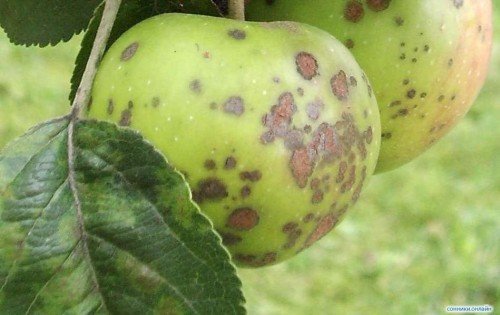

In autumn, scab can become active on the apple tree


Lichen spreads quickly through the tree
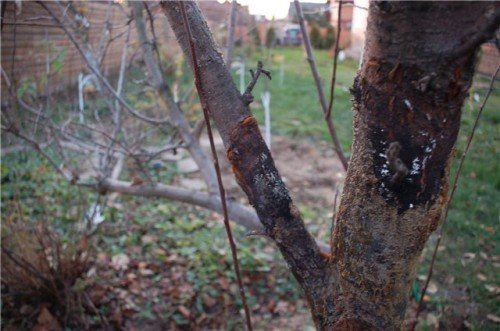

Cancer leads to the death of the tree
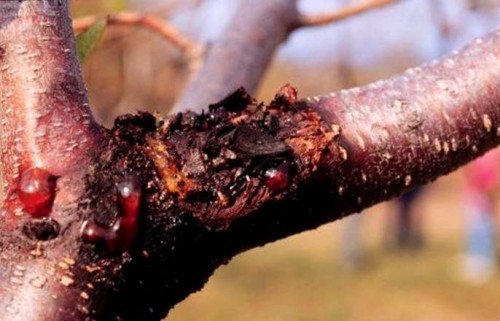

Cytosporosis affects the bark of apple trees
Hidden infections
Experienced gardeners know that, in addition to obvious manifestations of diseases, latent infections are hidden in the fallen leaves and in the bark of trees, which with the arrival of spring will manifest themselves with renewed vigor.:
- To combat powdery mildew, which winter well in an apple tree without appropriate measures, use 1% Bordeaux liquid, as well as a solution of copper sulfate, diluting 50 gr. in a bucket of water, and adding 20 gr. soap.
- Brown spotting will prevent the burning of fallen infected foliage and the treatment of the crown with Bordeaux liquid.
- You can destroy moniliosis by collecting all the carrion and digging up the ground.
Wintering pests
For winter, apple pests were also prepared, which took refuge in the bark, fallen leaves or soil:
- buraki beetles have chosen the top layer of the soil;
- bark beetle larvae settled inside the branches;
- the silkworm hid in cracks in the bark;
- the swamp had time to make passages under the bark and lay the larvae;
- young bark beetles settled under the bark;
- the winter moth, having become more active by September, laid the larva near the buds;
- the goose settled both in the bark and in the soil under the leaves;
- in the bark, mites and leaf beetles, apple moth, leafworms, apple blossom beetle and moth hibernate perfectly well.
Autumn fertilizers for apple trees
When spilling the soil, do not forget to apply autumn fertilizer under the apple tree. This will allow the feeding to reach the root system faster and be better absorbed by the plant. Choose fertilizers that are high in phosphorus and potassium. It is these substances that apple trees need in autumn to restore vitality.


Important!
Never use nitrogen-containing fertilizers! Nitrogen will spur the growth of shoots, which will be doomed to death.
If you wish, you can always make top dressing yourself. First, get phosphate and potash fertilizers. Then dissolve 2 tablespoons of phosphorus fertilizer and 1 potassium fertilizer in 10 liters of water. The resulting consistency is enough for 1 square meter of the near-stem circle for young trees and half of this area for mature trees.
Additional protection methods
It is necessary to take time to set up trapping belts for catching caterpillars. After the trees have been whitewashed, protective nets must be installed to prevent hares from reaching the bark. Such protection is especially important for seedlings and young apple trees. It is better not to dig up the trunk circles, but to loosen, so as not to damage the root system. To increase winter hardiness, it is necessary to mulch the trunks.
Processing the apple orchard is necessary; it is not recommended to skip events. Otherwise, it cannot be guaranteed that the next year's apple harvest will be rich.
Apple tree trunk processing
First you need to free the trunk of the apple tree from the trapping belts. These belts are recommended to be burned outside the site. Next, spread any fabric on the ground under the apple tree itself. It will prevent moss or lichen from entering the soil while cleaning the trunk.
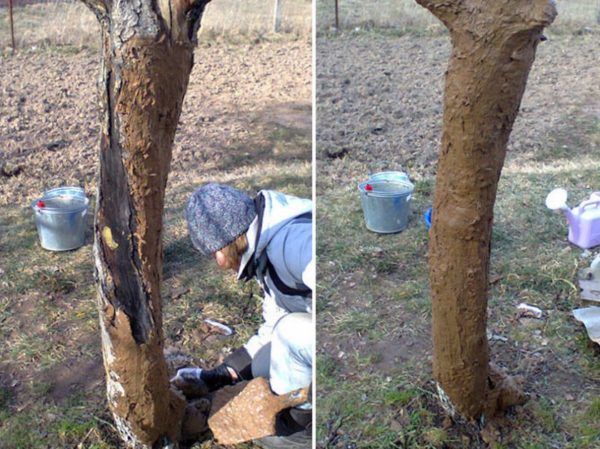

It may be interesting How and when to cut Siberian apple trees in the fall so that there is a good harvest Apple tree of the "Cinnamon striped" variety - I recommend for planting Rules and dates for planting apple trees in the fall in the Moscow region
As you know, lichen does not come off well from a dry surface, therefore, in order to avoid unnecessary damage to the bark, it is advised to thoroughly moisten the apple tree trunk with water.
After completing these preparations, proceed directly to cleaning.
Carefully, without injuring the apple tree, remove the overgrown moss and lichen with a sponge or scraper, remove the exfoliated bark.
In case there are scratches and wounds on the surface of the barrel after the work carried out, treat the damaged areas with greenery or hydrogen peroxide so that the infection does not penetrate the wound.


Autumn care of the orchard
Among the autumn events that must be carried out without fail, there are:
- cut off branches;
- process the crown with urea;
- peel the old bark and inspect for parasites;
- whitewash the trunk;
- burn old foliage or spray with urea.
Now about each stage separately: what is the benefit for fruit trees, how to do it correctly, what to use.
Pruning
Many budding gardeners think that pruning will reduce the number of fruits. This is not true. The lighting inside the crown will be better, so the apples will pour better. In the end, the yield will be larger.
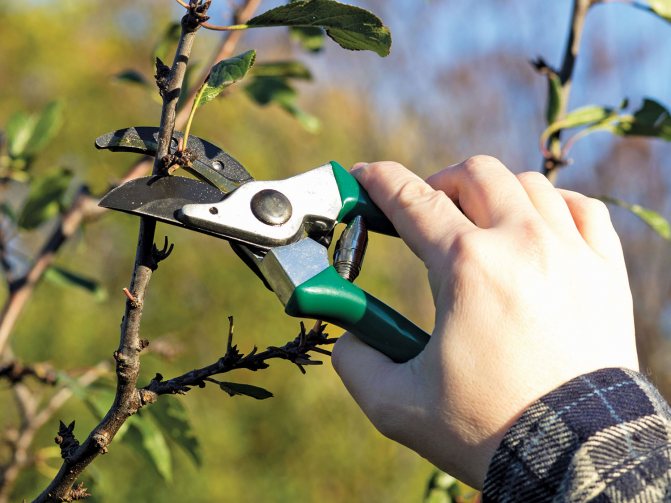

Pruning only benefits
Fruit trees are cut according to the rules:
- You need to cut the branches of fruit trees inward, thinning the crown. This method gives access to sunlight and the apple tree will hurt less.
- You can remove no more than a third of all branches so that the tree does not weaken.
- Try to cut off old shoots first.
- Try to maintain the horizontal direction of the branches, so that later it is convenient to harvest. Growing up or down - delete.
- Do not overdo it with dwarf varieties - their growth is usually slowed down and the tree can be damaged.
- When pruning trees in the fall, lubricate the places with garden pitch and remove fewer branches so that the tree does not freeze. (How to make a var - read below.) In the spring, you can remove more old branches - the tree will quickly come to life.
- Cut at an angle above the kidney, which is located on the outside.
Making garden var
The mixture protects the cut sites from the penetration of parasites, bacteria and fungi. Creates a film on the surface, prevents freezing of unprotected places. The number of ingredients is given in parts so that the number of trees to be processed can be calculated.
Video: Recipe for a cool garden var
- 2 parts beeswax;
- 2 parts rosin;
- 1 part flax oil (namely linseed oil);
- ground charcoal - 2 parts .
- Melt wax and rosin in separate containers.
- Pour the melted wax into the rosin.
- Add linseed oil without removing from heat and stirring constantly.
- Turn off heat and stir in charcoal.
If desired, you can buy a ready-made garden pitch. It is applied immediately after cutting with a spatula. Properly cooked - it does not drain, but immediately begins to dry out.
Removal of parasitic plants
Autumn processing of the garden includes the destruction of parasites that can hibernate:
- under fallen leaves;
- in the bark;
- in the formed hollows;
- in damaged wood tissues.
The first thing to do is collect the foliage and burn it. Ash is useful as a fertilizer. Another option is to use urea (carbamide) - an organic compound that is classified as mineral fertilizers. Process the leaves with a solution of carbamide and use in compost.
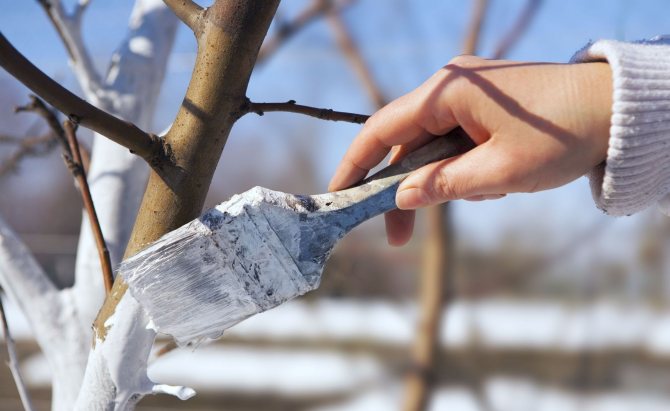

Whitewashing prevents the growth of unnecessary microorganisms and parasites
How to prepare the mixture, ingredients:
- lime - 3 parts ;
- clay - 1 part ;
- copper sulfate - 150 g per bucket;
- adhesive - laundry soap, wood glue or PVA.
- Mix clay with chalk.
- Add water until the consistency of liquid sour cream.
- Dissolve copper sulfate powder in water and pour into lime, stir.
- Add glue last and mix well. It is better to use a drill with an attachment.
The garden is treated with the resulting composition with a brush after preliminary preparation.
Spraying with chemicals
In addition to copper sulfate, trees are processed in autumn with iron sulfate.It is used if the tree is infected with lichen or moss. The concentration of the ferrous sulfate solution should be 5 - 7% ... For apples, the fruits of which are rich in iron, this procedure is beneficial from a nutritional point of view. Parts of the plant are saturated with iron and sulfur, which subsequently turn into apples.
Video: Useful recipes for autumn spraying of fruit trees
Iron sulfate is useful if the tree is affected:
- black cancer;
- fungal diseases.
On soils where there is little iron, the preparation will provide an additional amount of the trace element.
Processing the garden with copper sulfate provides an additional supply of trace elements, especially on acidified and depleted peat soils by the foliar method. In parallel, protection against fungal diseases of fruit trees is carried out.
Autumn processing of the garden with copper sulfate is aimed at destroying pests and preparing for wintering. Copper sulfate is diluted with water to form a 1% solution. For this 10 g of substance is taken on a bucket of water.
Tips for treating apple trees for infections
To reduce the likelihood of infection of the apple tree with scab, you need to treat it with a urea solution. As a rule, 500 grams of urea is dissolved in 10-12 liters of water. Bordeaux liquid with a concentration of 3% will protect against other fungal diseases.
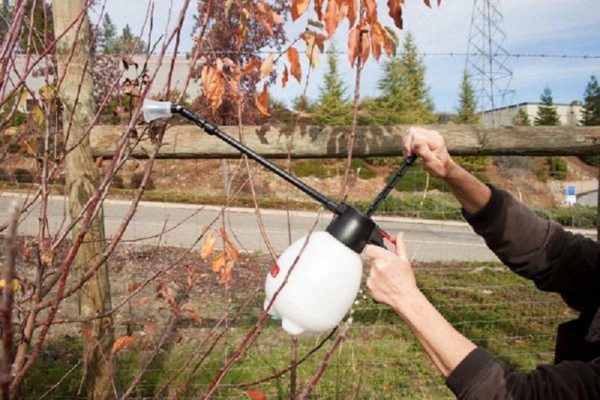

This mixture can be made independently (400 grams of slaked lime and 300 grams of copper sulfate are consumed for 20 liters of water). Knowing how to spray garden apple trees in the fall, you can get rid of all types of diseases and pests.
Symptoms of diseases and drugs for treatment
There are several dangerous diseases that fruit trees are susceptible to. Their symptoms need to be known in order to distinguish them from other pathologies and to take action in time. The apple tree can get sick with scab, fruit rot, powdery mildew, spotting, cytosporosis and black cancer.
Scab and moniliosis


If a brown coating appears on the foliage, it is scab. If you do not take action, the fungus will spread to the fruit. In advanced cases, several treatments need to be carried out in order to completely destroy the infection. Scab is treated with Oxychom, Bordeaux liquid, colloidal sulfur and iron vitriol.
Moniliosis is a putrid infection that affects the fruit. This is an insidious disease. Its early stages go unnoticed. The disease develops with lightning speed. Multiple brown spots appear on apples.
Attention!
If untreated, moniliosis will quickly spread to other plants.
All affected apples and shoots are removed and burned. After that, the tree is treated with preparations based on copper sulfate. You can use Bordeaux liquid. After the first treatment, you need to carry out several more sessions.
Black cancer


Black spots appear on foliage and apples, which subsequently affect the bark of trees. With black cancers, the bark is turned outward. It deforms and the tree looks sloppy. All affected areas must be excised and burned. Together with them, about 2 cm of healthy tree tissue is excised. The wounds are cleaned and then treated with iron or copper sulfate. Copper oxychloride is also used. Treated wounds are treated with garden varnish and putty.
Cytosporosis
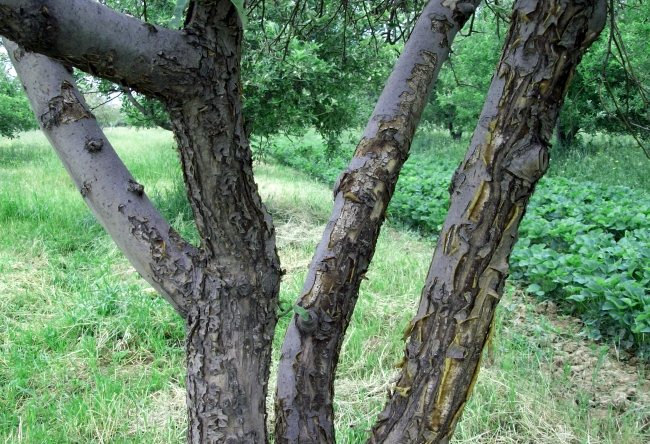

Fungal disease that manifests itself in the form of black ulceration. After they penetrate into the depth of the trunk, it becomes red. If untreated, the tree dies quickly. It is necessary to remove all diseased branches and unclog the wounds. After cleaning, the tree is treated with a fungicide and the trunk is whitewashed.
Phylostictosis or brown spotting
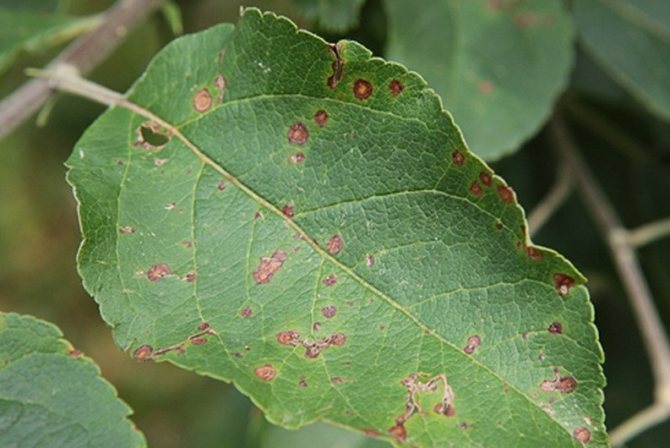

It appears in the form of brown spots, framed by a dark rim. Brown spot affects foliage. Fungal spores are in the center and appear as small black dots. All affected foliage is removed and burned. The tree trunks are dug up. The apple tree is treated with urea. The concentration of the solution for the tree is 5%, for the treatment of the trunk circle - 7%.
Powdery mildew
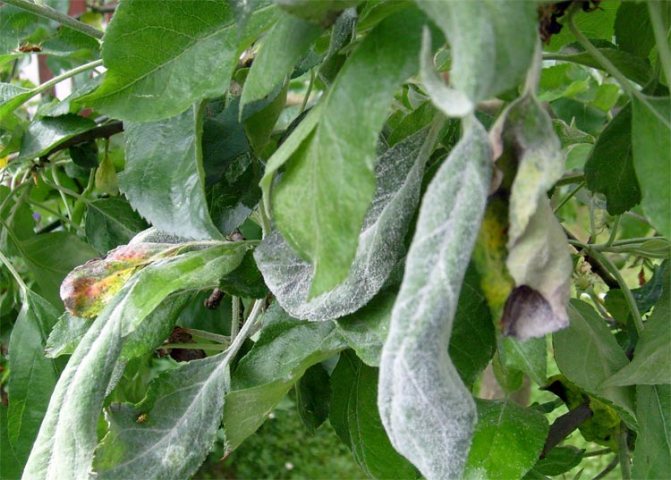

A sticky white coating appears on the foliage. The crown gradually dries up and becomes brown. Powdery mildew is destroyed with Bordeaux liquid or copper sulfate. It is necessary to spray the apple tree and process the trunk circle, and collect and burn the diseased foliage.
How to properly cover apple trees for the coming cold weather
To protect the apple tree from cold weather and attacks of pests, wrap the tree trunks with any breathable fabric, like burlap, tying it with twine. Leave the bottom of the fabric on the ground, cutting along the edges and covering it with earth. So the rodents will not have any moves to penetrate the apple tree trunk. Sanitary pruning is recommended to help the apple trees survive this winter.
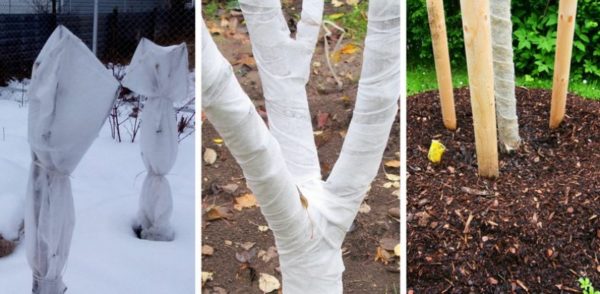

After watching the video, how and how to properly process apple trees in late autumn from diseases and pests, you can glean a lot of useful information.
conclusions
If for some reason the autumn activities were not carried out, in the spring it is necessary to process the apple trees. Especially if the year was fruitful, the tree lost its protection and weakened. Fighting disease is much more difficult than prophylactic treatment.
Did you like the article? Share with your friends:


Hello dear readers! Peace and happiness to everyone! ?

